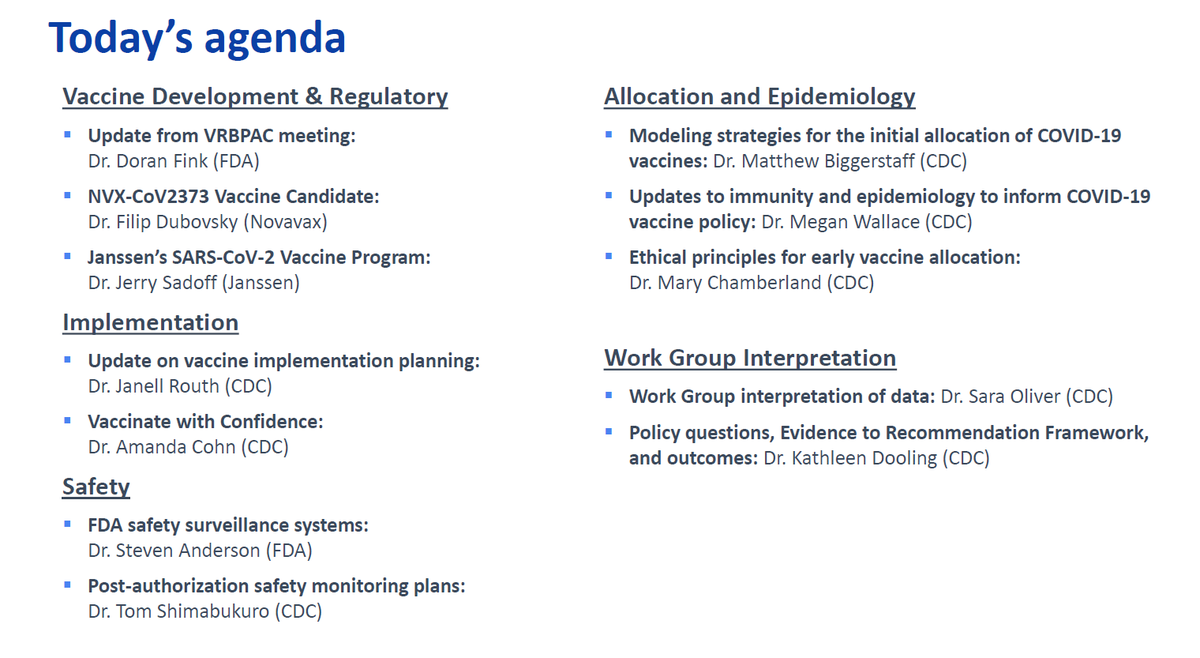1/n Extreme social distancing (SD) causes social and economic disruption. It is difficult to sustain and should be as brief as possible. In this preprint, #Seattleflustudy took a clever approach and modeled the effect of SD during an extreme weather event. medrxiv.org/content/10.110…
2/n They used data from pts tested for respiratory virus before and after heavy Seattle snowfall event Feb 2019. They estimated infections averted by simulating transmission of 9 viruses with/without reduced weather-related contact rates.
3/n They found that weather-related social distancing had the greatest impact for viruses that were near seasonal peak, with final attack rates reduced by about 7-9%. In contrast, there was little effect for viruses that peaked later in the season.
4/n Their analysis supports short-term use of social distancing for #COVID19 when implemented close to the peak of a local epidemic, rather than much earlier. However, this is one modeling study still in review, and it would be nice to have more supporting data.
5/n The analysis is still quite useful because state and local public health authorities will be making hard decisions on social distancing in the coming weeks. Maybe it's OK to wait until closer to the peak period before implementing disruptive measures.
• • •
Missing some Tweet in this thread? You can try to
force a refresh


















